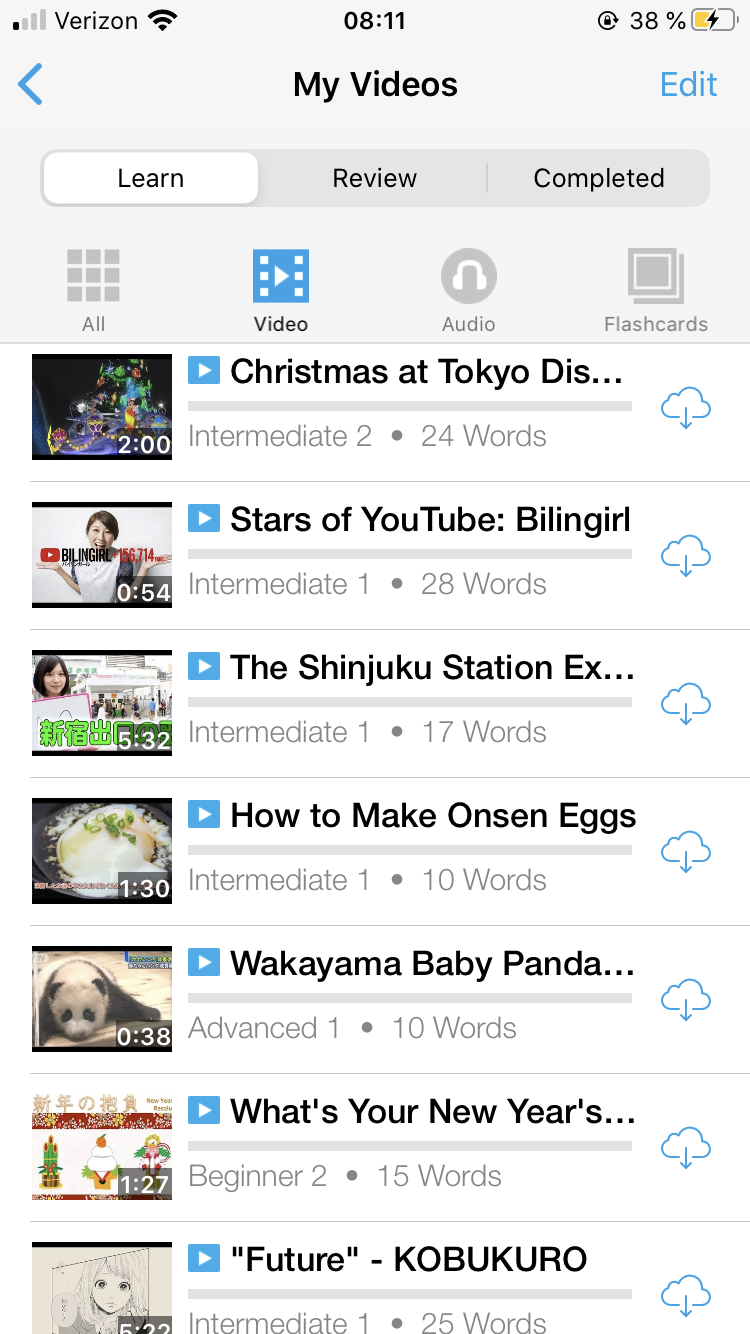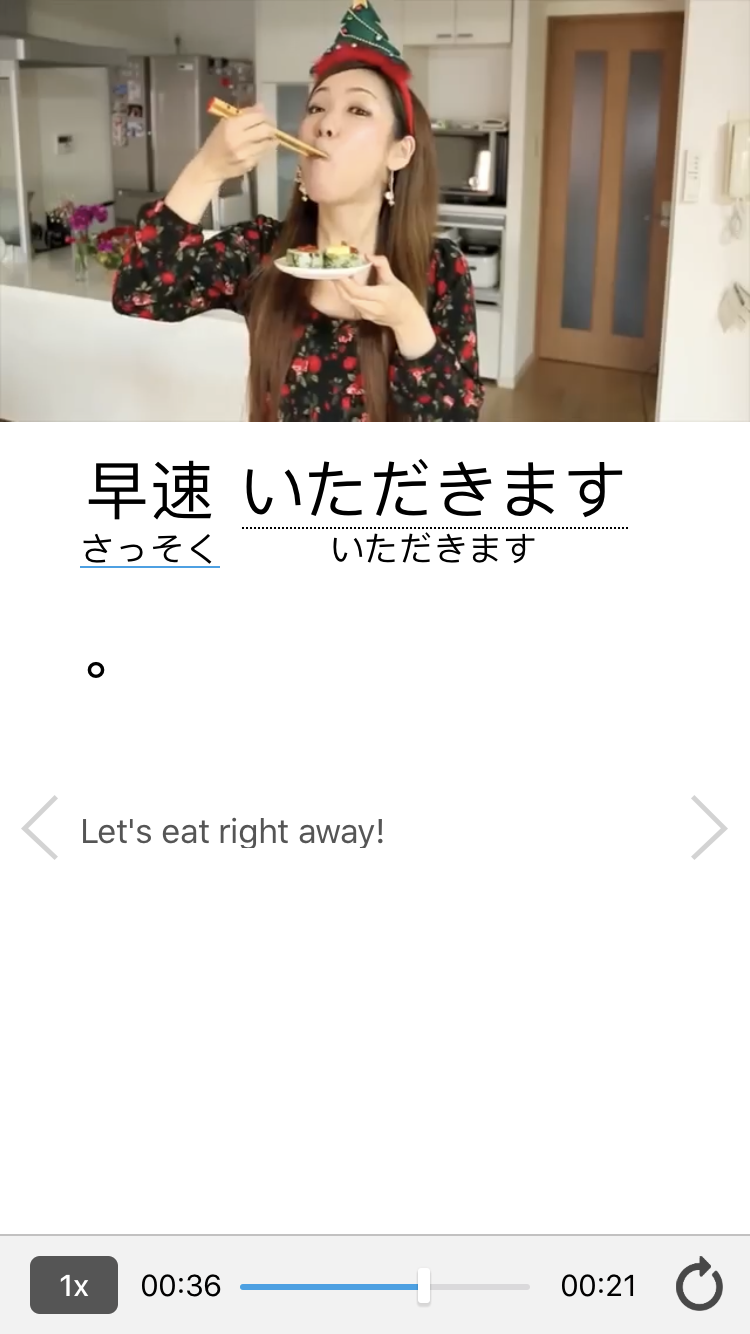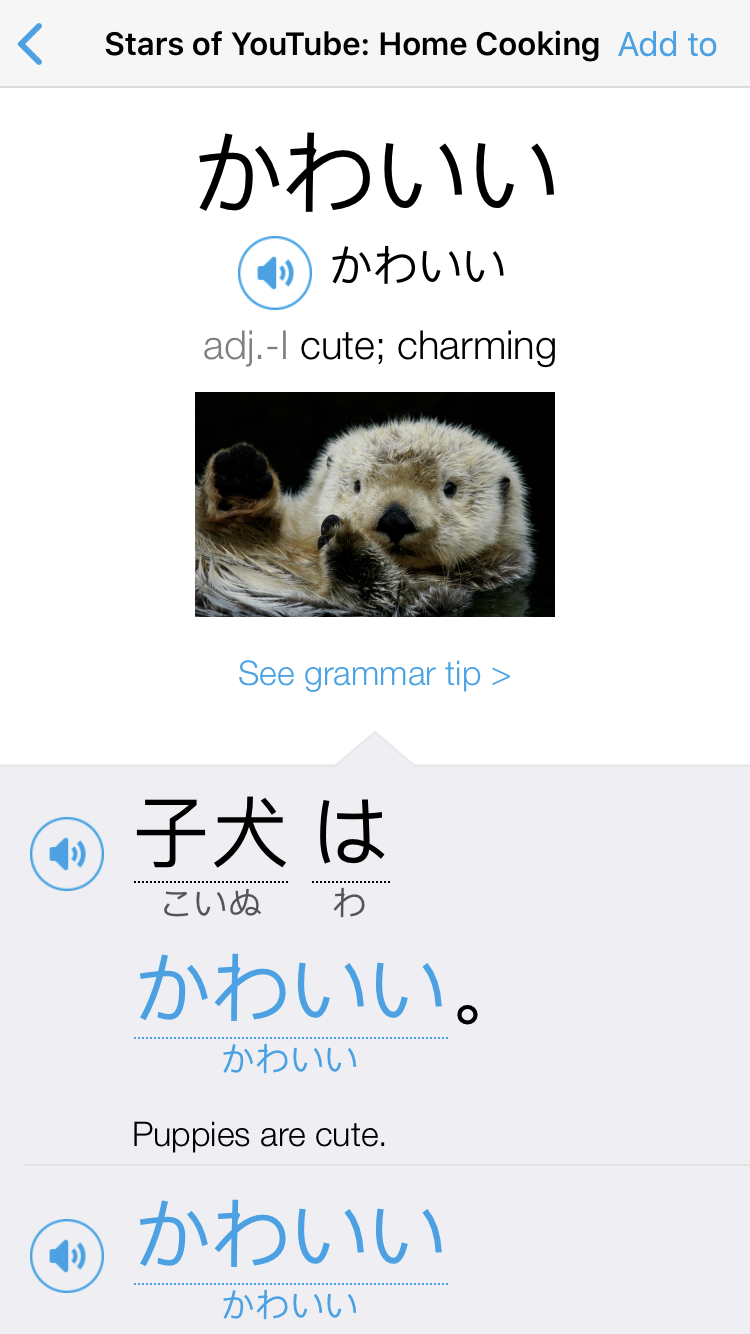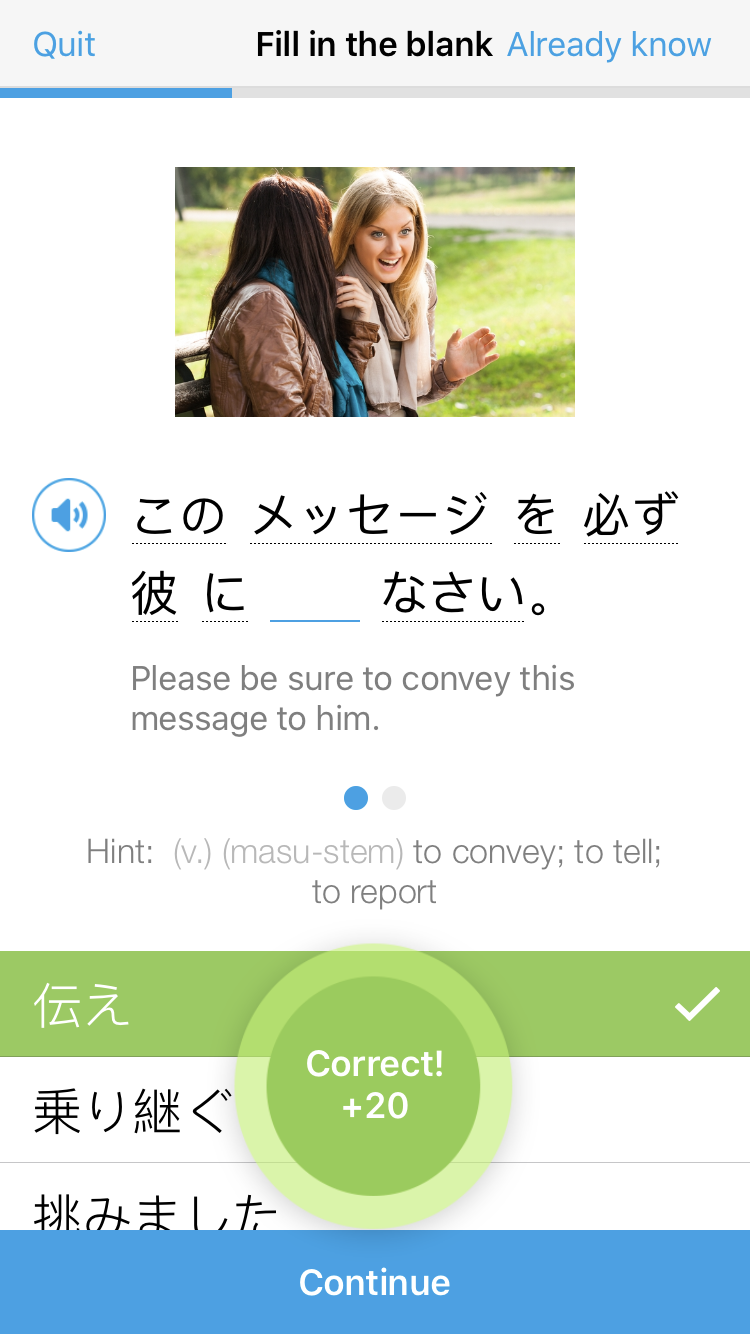
[ad_1]

Do you give thanks to your meals earlier than you eat them? In Japanese tradition, you do.
It’s known as itadakimasu, and is each a phrase and a cultural ritual that’s undertaken earlier than you eat a meal.
Whenever you’re consuming at a Japanese pal’s home or eating out at a restaurant in Japan, don’t neglect to offer a hearty “Itadakimasu!”
Learn on to study the whole lot it’s essential to learn about what this expression means, the place it comes from and methods to use it appropriately.
Contents
Obtain: This weblog submit is out there as a handy and moveable PDF that you just
can take anyplace. Click on right here to get a duplicate. (Obtain)
What Does Itadakimasu Imply?
いただきます (itadakimasu) is a Japanese phrase used earlier than meals as an expression of thanks and acknowledgment for the meals about to be eaten.
Actually, itadakimasu interprets to “I’ll humbly obtain.” There aren’t any direct equivalents to this uniquely Japanese expression, however the French “bon appétit” has the same use. You may consider it as saying “Thanks for the meal” earlier than you’re taking that first chew.
Itadakimasu is derived from the verb 頂く (itadaku), which signifies receiving or accepting. On this context, it carries a deeper which means of expressing gratitude for the meals being acquired.
The phrase consists of three components:
- 頂 (itada) — to obtain, to get
- き (ki) — stem type of the verb くる (kuru), which means “to come back”
- ます (masu) — a well mannered suffix indicating current tense
The phrase “itadakimasu” has historic ties to Buddhism, the place the act of receiving and consuming meals is taken into account a sacred and appreciative gesture. It displays the humility of acknowledging the trouble and lives sacrificed in bringing the meal to the desk.
This connection to gratitude and humility has been ingrained in Japanese tradition, making itadakimasu a big a part of mealtime etiquette.
You may see some examples of itadakimasu in use from the FluentU program, beneath:
Use Itadakimasu
Utilizing the expression itadakimasu is about extra than simply saying it out loud. To do it correctly means performing a collection of gestures to point out your gratitude.
Right here’s a step-by-step information:
- Preserve a correct posture.
- Place your palms collectively in entrance of your chest, palms going through one another and finger aligned. Preserve your elbows near your physique.
- Bow your head barely. The depth of the bow can range, but it surely’s sometimes a small bow.
- Say “itadakimasu” out loud.
- Pause for a second on this place. Use this time to mirror on the gratitude and appreciation for the meal.
- Dig in!
Should you’re consuming in a relaxed or informal state of affairs, you may skip the extra formal gestures, and easily bow calmly and say “Itadakimasu!”
Keep in mind that the bottom line is to method the ritual with a way of sincerity and respect. Whereas these steps present a structured information, the precise mannerisms might range based mostly on private and regional customs. The overarching aim is to specific gratitude for the meal and the efforts concerned in its preparation.
Use Gochisousama Deshita
Completed together with your meal? There’s a phrase for that, as nicely: ごちそうさまでした (gochisousama deshita). This expression interprets to “It was a feast” and is used to say thanks after ending a meal.
Some individuals accompany the phrase with a small bow as nicely, however this isn’t as commonplace as bowing for “itadakimasu.”
Regional Variations
The phrases itadakimasu and gochisousama deshita are the usual phrases used all throughout Japan. However as in lots of different circumstances, there are a number of regional variations you’ll hear in several areas of the nation.
For instance within the Kansai-ben dialect, utilized in cities like Osaka and Kyoto, itadakimasu could also be pronounced as follows:
And gochisousama deshita could also be pronounced as:
So for those who’re touring round Japan, you would possibly hear variations on these phrases—however they’ll in all probability nonetheless be recognizable. When unsure, you need to use the usual variations and be understood simply effective!
Past Meals: Different Makes use of of Itadaku
I’ve already talked about it earlier, however the verb いただく (itadaku) is a humble and respectful manner of claiming “to obtain” or “to just accept” in Japanese. It’s generally utilized in conditions the place the speaker desires to specific gratitude or humility concerning receiving one thing.
Listed below are some extra contexts wherein you need to use the verb itadaku, apart from giving thanks to your meal:
Listed below are some extra examples of itadaku being utilized in methods aside from to obtain meals:
Normally, itadaku is a flexible verb that may be employed in varied conditions the place the speaker desires to convey a way of appreciation and humility. Its utilization aligns with the cultural emphasis on politeness and respect in Japanese communication.
Subsequent time you’re consuming at your favourite Japanese restaurant, don’t neglect to offer thanks for the meals with a heartfelt “Itadakimasu!”
And One Extra Factor…
Should you love studying Japanese with genuine supplies, then I must also let you know extra about FluentU.
FluentU naturally and regularly eases you into studying Japanese language and tradition. You may study actual Japanese because it’s spoken in actual life.
FluentU has a broad vary of up to date movies as you may see beneath:
FluentU makes these native Japanese movies approachable via interactive transcripts. Faucet on any phrase to look it up immediately.
All definitions have a number of examples, and so they’re written for Japanese learners such as you. Faucet so as to add phrases you’d wish to evaluation to a vocab record.
And FluentU has a study mode which turns each video right into a language studying lesson. You may all the time swipe left or proper to see extra examples.
The perfect half? FluentU retains observe of your vocabulary, and provides you further follow with troublesome phrases. It’s going to even remind you when it’s time to evaluation what you’ve realized. You may have a 100% personalised expertise.
Begin utilizing the FluentU web site in your pc or pill or, higher but, obtain the FluentU app from the iTunes or Google Play retailer. Click on right here to make the most of our present sale! (Expires on the finish of this month.)
[ad_2]



